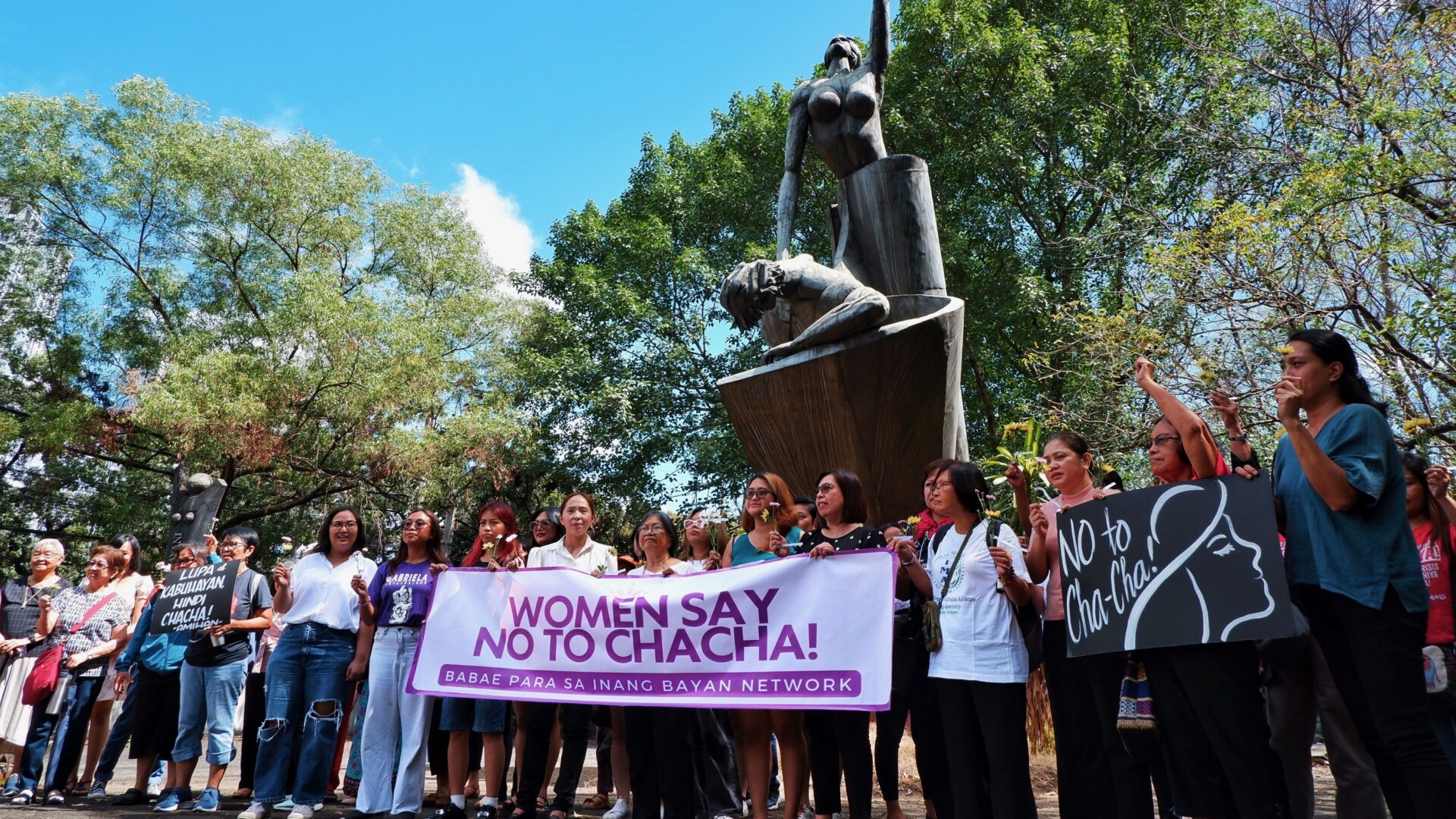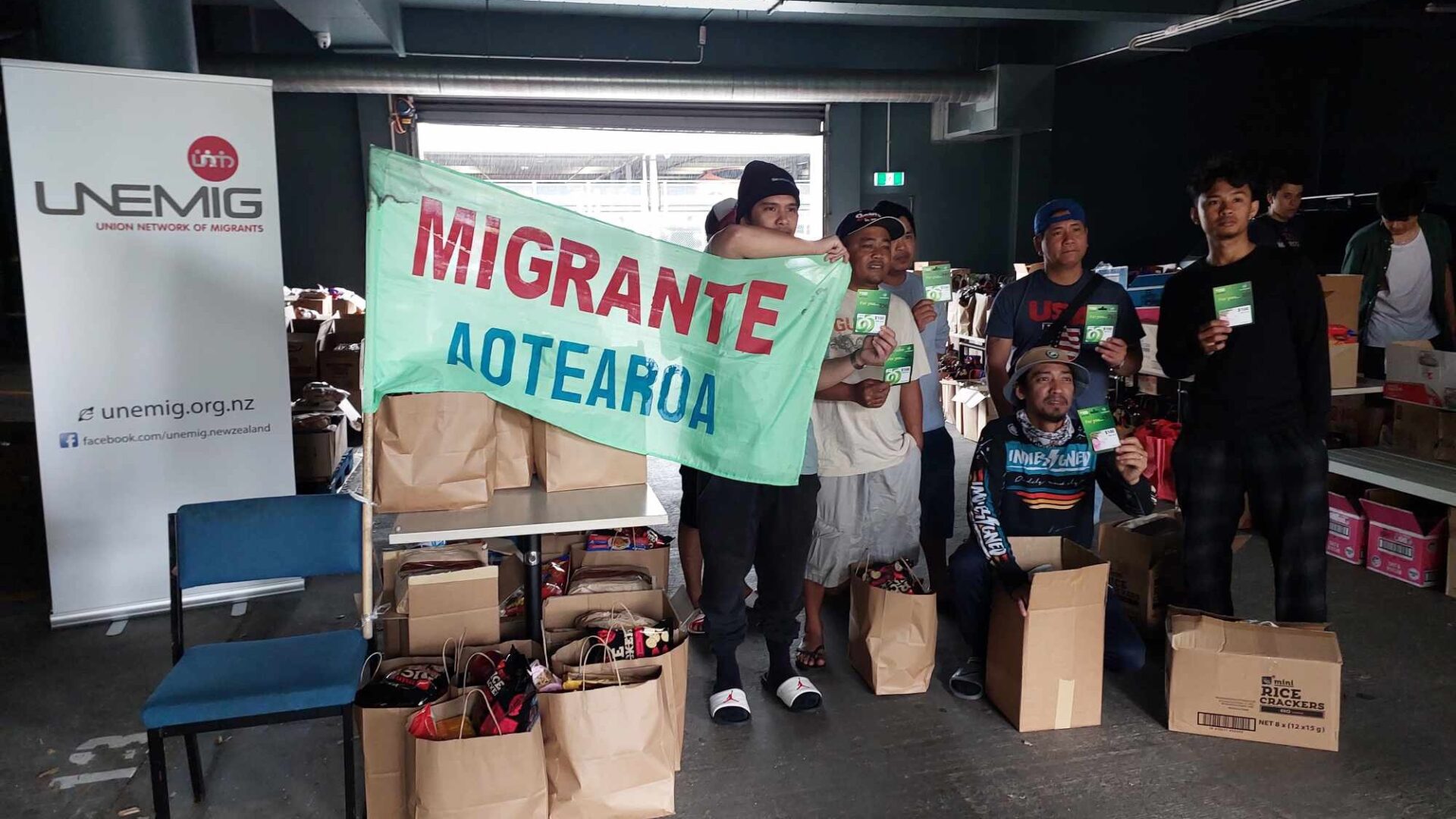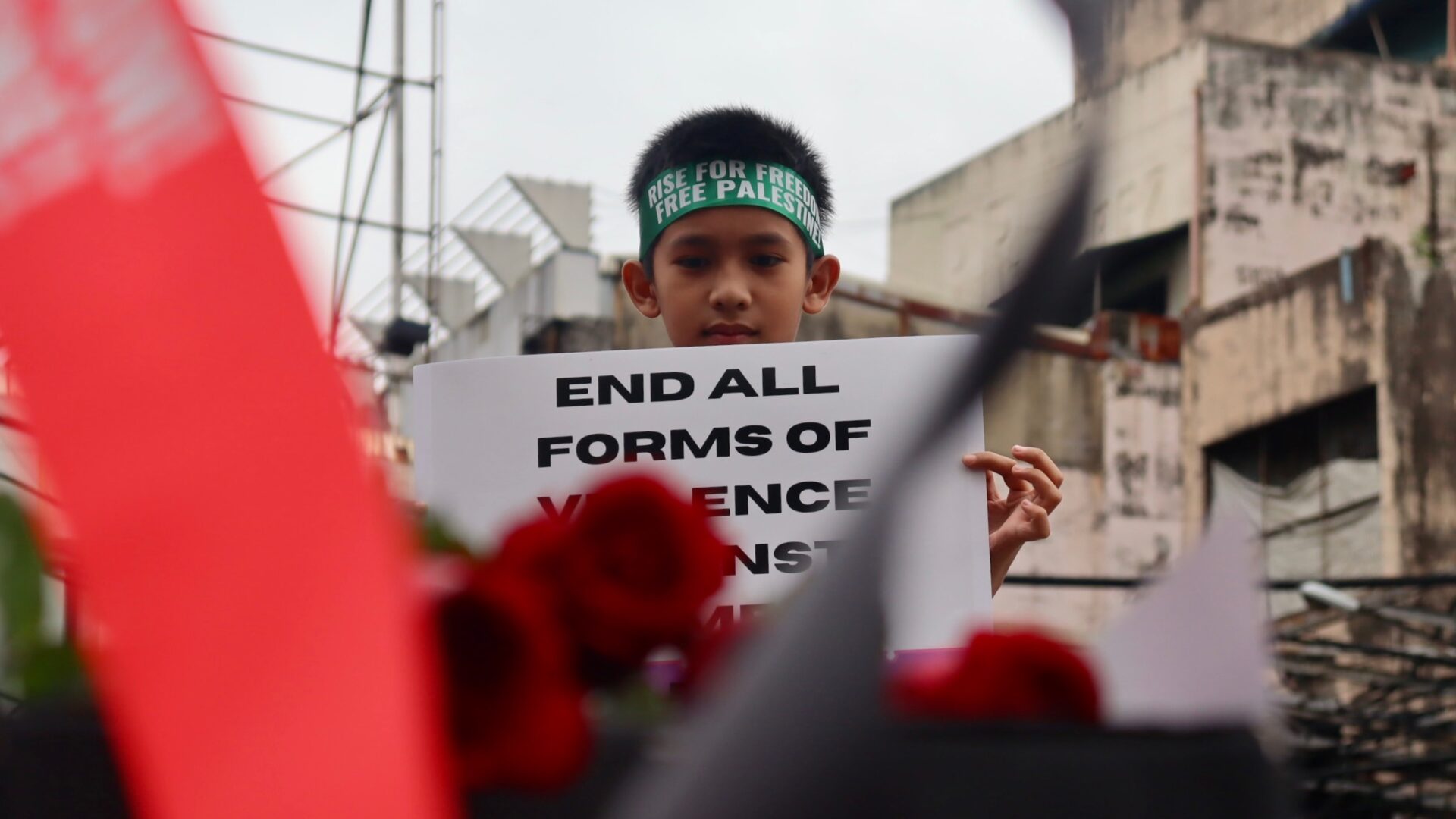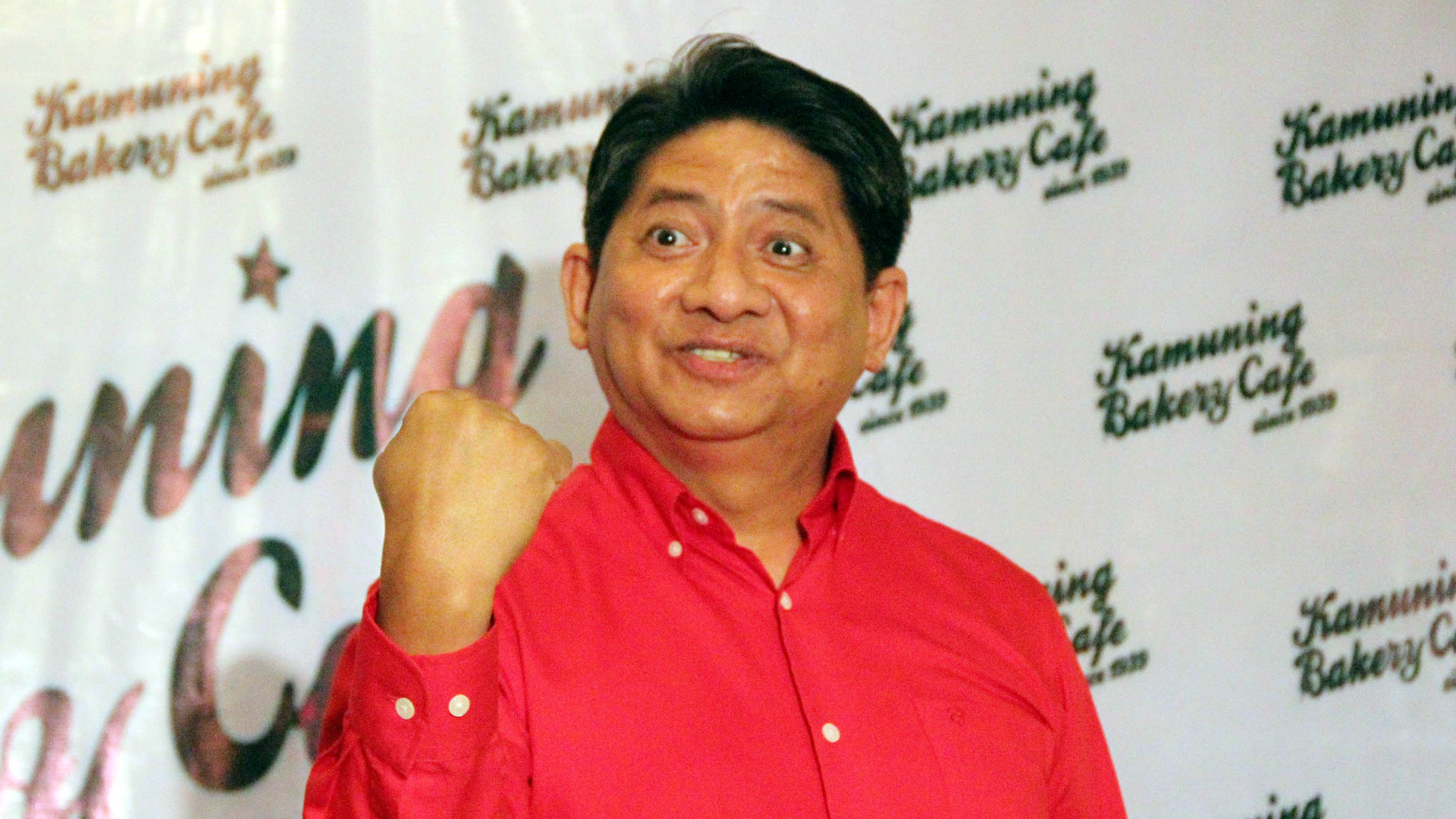One Year After Yolanda in Tacloban and Palo
Life in the Bunk Houses Like so many women in Palo, Anita Navarra, 59, is a Yolanda widow. Her husband Virgilio was killed during the height of the storm, and she was left to fend for herself. She now lives in one of the bunk houses built by the Department of Social Welfare and Development […]


Like so many women in Palo, Anita Navarra, 59, is a Yolanda widow. Her husband Virgilio was killed during the height of the storm, and she was left to fend for herself. She now lives in one of the bunk houses built by the Department of Social Welfare and Development in Eastern Visayas (DSWD-8) in Caloogan. She was originally from Candahug, a barangay in Palo, but her house along with the entire community was destroyed when Yolanda struck.
Life post Yolanda has not been easy for Aling Anita. Her two adult children, also survivors, live with their own respective families in bunk houses not far from hers, and they, like their mother, are just barely making it from one day to the next.
“It’s a hard life. We are forced to rely on dole-outs, on the monthly 25-kilo rice deliveries of the DSWD. I cannot support myself by finding paying work. I have a heart condition, and I am taking care of one of my grandchildren. When my husband was still alive, we were fisherfolk. Now we are nothing – it is exactly like we are waiting for death here, but I don’t want to die yet,” she said. “I used most of the money for my heart medicine and for consultations with the doctor,” she said. She also managed to put up a small sari-sari store that sells packages of bread, packets of coffee and sachets of shampoo. “My capital for this was less than P1,000. It’s something to help keep me busy, and people here do buy things sometimes.”
According to official reports, the bunk houses built by the DSWD cost P800,000 each. Each unit measures 8.64 meters. From a distance, the bunk houses look like taller chicken coops, and they appear sturdy enough. Their occupants – such as Aling Anita– have done their best to make them more comfortable, but they are far from being so.
“It’s the heat. We live in such small spaces, and the heat can get really bad. We’re not allowed to keep electric fans here –we were told that each family can only have one light bulb and consume electricity enough for that. My heart condition has worsened because of the heat,” she said.
The DSWD reports that 4,114 families or some 20,570 individuals still live in bunk houses in Leyte, Samar and Eastern Samar. Of these number, 1,042 families are in Tacloban City, 432 in Palo town, 900 in Ormoc City—all in Leyte; and 477 in Basey and 283 in Marabut, both in Samar.
Like many Yolanda survivors, Aling Anita has become aware that the international community has pitched in and donated billions in cash and kind to help in their recovery. Like many Yolanda survivors, Aling Anita says she does not see where the money has gone or has been spent on.
The IBON research group recently released a report on the “help” the national and local governments have given to Yolanda survivors in the past year. It said that though 1.5 families were affected, only 215,471 families have benefited from Cash for Building Livelihood Assets projects. Only 44,870 fisher folk were provided fishing gear; only 32,081 fisherfolk had their boats replaced or repaired. In the meantime, the number of farmers were provided farm implements was only 9,149, while only 2,482 farmers were given seeds.
The spokesperson of People Surge Marissa Cabaljao, herself a Yolanda survivor, said that it was impossible to not see the Aquino government’s h criminal neglect of the people of Eastern Visayas.
“The Aquino government through the DSWD keeps saying that it continues to provide help to the survivors of Typhoon Yolanda, but based on reports we have personally gathered as of the last week of October, many survivors and their families who have been living in tents and bunk houses in Tacloban have not received any relief assistance since March. The DSWD only held five ‘waves’ of rice distribution. The 25 kilos each family was supposed to receive every month only actually weighed 16-19 kilos. In other towns outside Tacloban, survivors received a one-time drop of 25 kilos of rice and never got any other assistance afterwards. This is the experience of many survivors in Calbiga at Pinabacdao because the DSWD said that they were not within the 50 kilometer radius of their program,” she said.
Cabaljao said that they heard that the Aquino government tons of donations of Algerian and Thai rice. “Where did all those donated rice go? There’s a massive possibility that the DSWD has been doctoring and bloating the figures in its reports of relief good distributed because they do not reflect the reality on the ground,” she said.

The Recovery Plans
According to Sonny Africa, executive director of IBON, even at the early stage of the long rehabilitation and recovery period Eastern Visayas has to undergo, big corporate interests have begun to lobby the Aquino government and “rehabilitation czar” Panfilo Lacson so they can be involved in the rezoning, planning housing and tourism projects, reconstruction of land titles lost during the calamity, land delineation, and relocation of entire coastal villages in the guise of avoiding geohazards. Africa said that while these corporate entities declare that they want to help rebuild the areas damaged by Yolanda to help the citizenry, the more practical and less humanitarian truth is they want to take over and lease valuable beachfront areas to real estate developers and foreign tourist enclaves. Land and resources that are being packaged as “rehabilitation” and “disaster preparedness” are now going up for bids among real estate groups.
A closer look at the rehab plans will show that both the Aquino government and the LGU’s own frameworks for rehabilitation efforts for Yolanda-affected areas do not coincide with humanitarian goals.
The Aquino government’s “Recovery Assistance for Yolanda” or RAY carries the slogan “Build Back Better”. It puts emphasis on the role the private sector and foreign aid in various recovery and reconstruction areas in Eastern Visayas. The Aquino government is relying heavily on the support and assistance of foreign aid and big business in efforts to improve housing and resettlement; infrastructure; facilities and utilities; education; health and other services; agriculture; local government operations; short-term employment opportunities and enterprises in the region. Already, nine of the Philippines’ biggest business groups declared their commitment to adopt 16 out of 24 development areas. These business groupings are led by Gokongwei, Zobel-Ayala, Aboitiz, Pangilinan, Ty, Razon, Sia, Lopez, Zamora, Gaisano, Cojuangco, Ang, Tan, Sy and Yuchengco. They have known investments in, property development and real estate, mining, water and power, transportation and tourism.
The Role of NGOs and the DSWD
In the end People Surge’s Cabaljao carefully says that these NGOs and agencies, while helping, can also be said to be guilty of causing harm to residents.
“By continuously giving out relief goods instead of aiding residents and their communities to be resilient and self-reliant, they are making Filipinos dependent. Isn’t is so that the real meaning of humanitarian work is to help those affected by calamities and disasters to recover their dignity? It’s not supposed to be fully charity work wherein one party is the giver and the other is the receiver: humanitarian work requires cooperation: the party with the means to offer assistance should provide the assistance that the affected actually need to recover, and not the assistance the donating party just wants to give.”
Cabaljao said that as in Tacloban and Palo, there have been instances when the humanitarian aid given only goes to waste, or their benefits are not maximized to the fullest. Why? Because the humanitarian group or agency did not conduct a thorough investigation of the situation on the ground previous to preparing help.
“In the immediate days (and in such countries where corruption and inefficiency are second nature to government institutions such as the Philippines, weeks and even months), affected civilians will need food, shelter, medicine and clothing. If a system of relief distribution and shelter establishment is orderly and efficient, the residents will be able to recover their strength and begin to aid in efforts for their own recovery. On the other hand, a system that runs on chaos, where there is actually no system or organization to detect, the process of relief distribution will take much longer. And the government is being left off the hook and willingly allows itself to be pushed to the sidelines as the foreign relief agencies continue their operations, implement their respective plans which, for the most part, are not forward thinking and only aim to answer the immediate and most basic needs of affected residents,” she said.
During situations of humanitarian crisis, humanitarian organizations both local and international make it their mandate to immediately respond. People Surge’s Cabaljao feels that the best and most humane attitude that both government and BGOs should take is one of protection: how to protect those affected from greater vulnerability to disease, increased poverty and death. This isn’t, however, what’s happening in Tacloban and Palo.
(Editor’s note: This report was written by Ina Alleco Silverio for the Women’s International Solidarity Mission led by Gabriela. The WISM aims to further expose the real situation of Yolanda survivors as well as human rights situation in areas in Leyte. The solidarity mission participants include women from the United States and Vietnam, as well as theater artist/activist Monique Wilson. The WISM participants also joined the National Conference of Disaster Victims on November 6 and the big protest rally of disaster victims today, November 8.)




